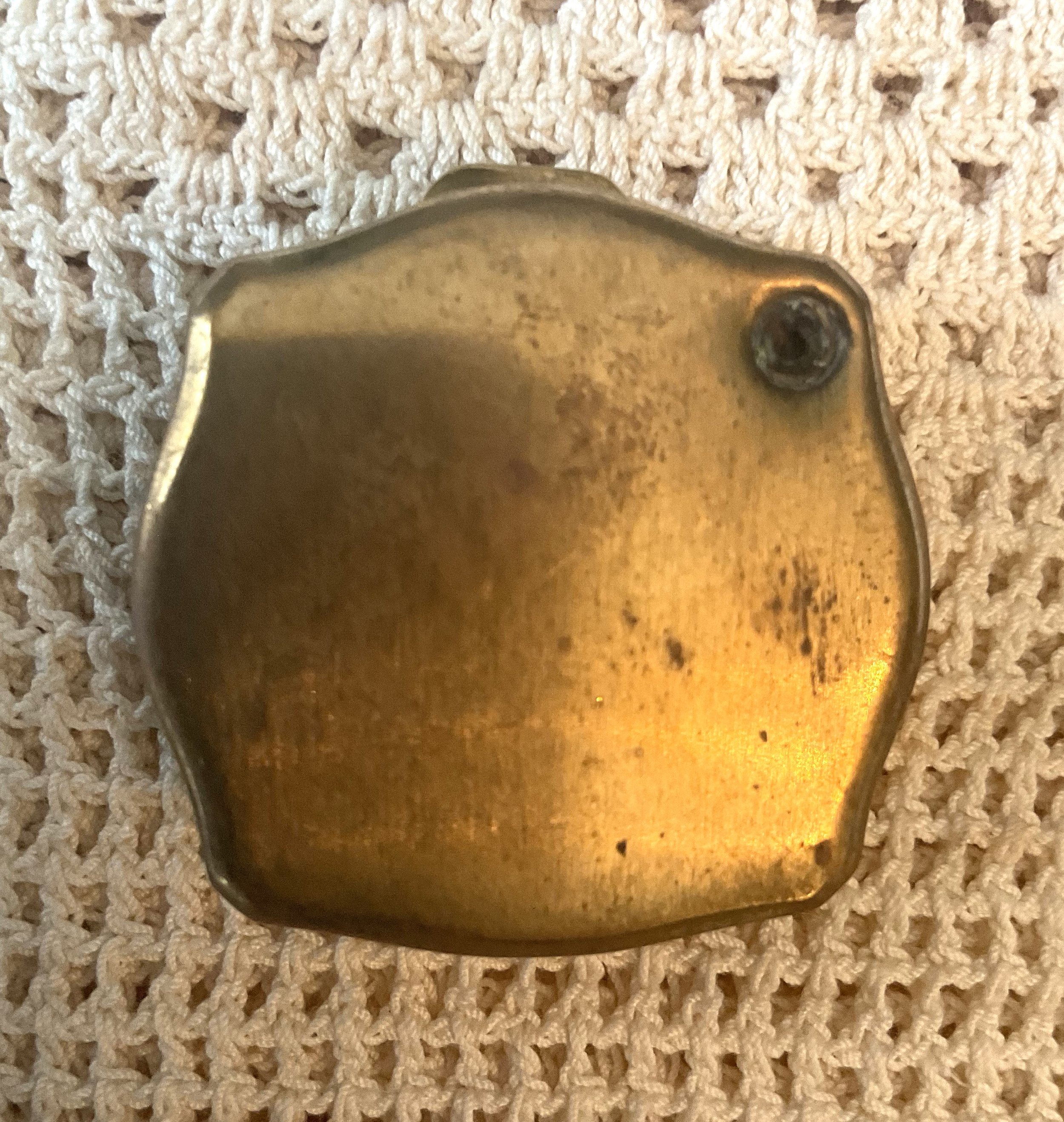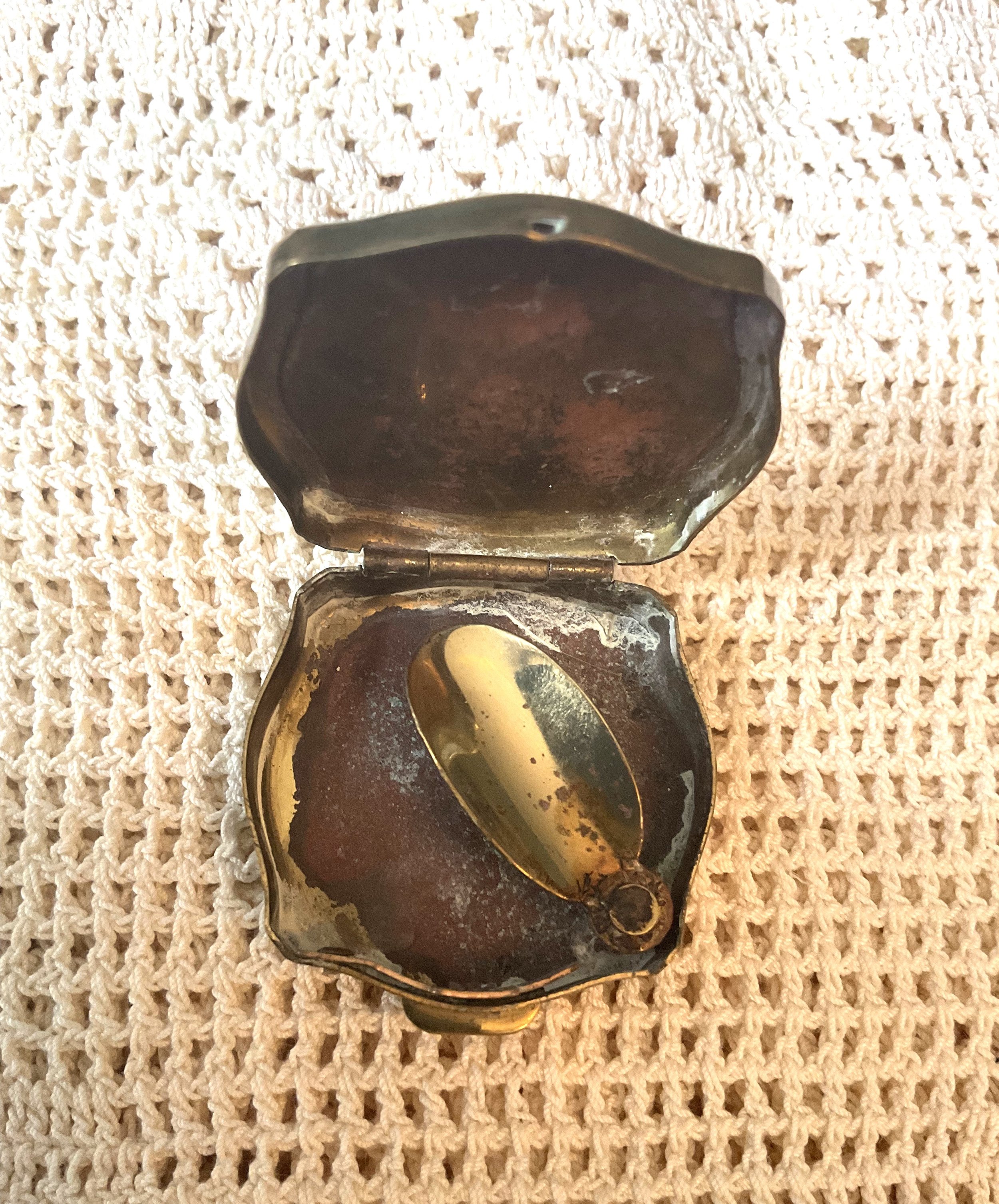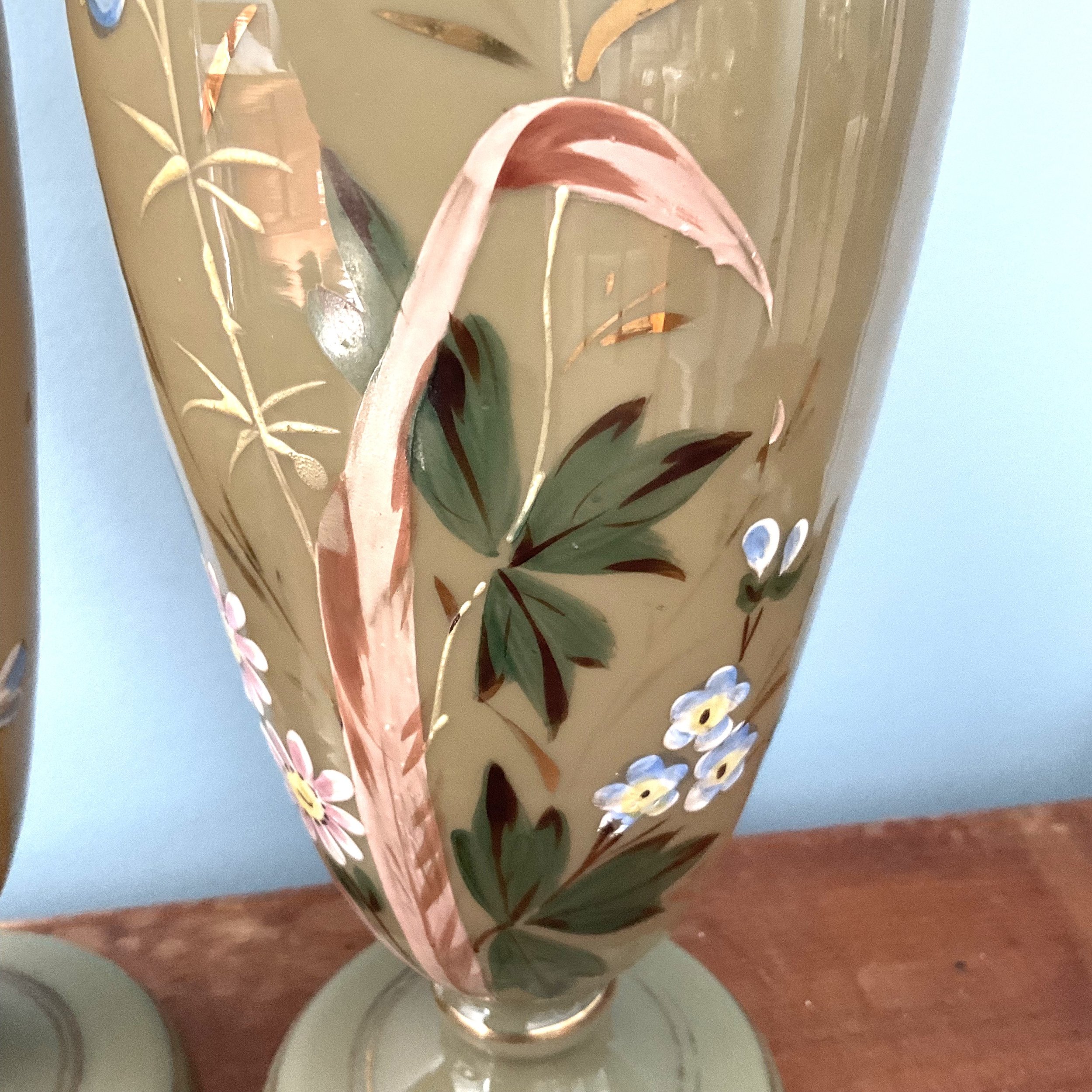 Image 1 of 11
Image 1 of 11

 Image 2 of 11
Image 2 of 11

 Image 3 of 11
Image 3 of 11

 Image 4 of 11
Image 4 of 11

 Image 5 of 11
Image 5 of 11

 Image 6 of 11
Image 6 of 11

 Image 7 of 11
Image 7 of 11

 Image 8 of 11
Image 8 of 11

 Image 9 of 11
Image 9 of 11

 Image 10 of 11
Image 10 of 11

 Image 11 of 11
Image 11 of 11












Large Vintage French Enamelware Ewer
Circa 1920, this large enamelware jug is in fine condition considering its age. There are signs of wear and tear , particularly on the handle. The jug has been decorated in a nautical theme featuring a series of yachts on a stunning blue background, fading into a paler shade, almost white.
French enamelware was painted functional steel or tin. Enamelware was mass produced in the late 1800s. It was produced throughout Europe, in Austria, Germany, Belgium and Czechoslovakia. Made by the fusion of powderedglass to steel using a firing process, it was tolerant to hot and cold. Once fired, the powdered glass melted and hardened to a smooth coating. Several coats of enamel were applied to produce a thick, glossy finish. Skilled metalworkers made the wares. The pieces were fired and hand painted decoration was applied before the final firing, where the artwork became baked on. The decoration and graphic designs of many wares were painted by credibleartists. This was considered a serious art form at the time. By the late 1930s, all details of the manufacturing process were done by machine. This included the stencilling artwork. Enamelware became highly popular in France. Wares such as pots, pans, sets of canisters, utensil racks, coffee pots, tea pots, kettles, sugar bowls, milk jugs, soap holders, scrubbing dishes, pitchers and bowls and much more were produced as enamelware. Another common enamelware item was the lavabo (a basin with a water tank). This was placed outside the back door. It was used for hand washing before coming inside after working in the garden or fields. Enamelware took pride of place in ordinary homes.
The jug stands approximately 40 cms in height. If you are fond of vintage French decor, this would make a stunning addition to your home or business.
Circa 1920, this large enamelware jug is in fine condition considering its age. There are signs of wear and tear , particularly on the handle. The jug has been decorated in a nautical theme featuring a series of yachts on a stunning blue background, fading into a paler shade, almost white.
French enamelware was painted functional steel or tin. Enamelware was mass produced in the late 1800s. It was produced throughout Europe, in Austria, Germany, Belgium and Czechoslovakia. Made by the fusion of powderedglass to steel using a firing process, it was tolerant to hot and cold. Once fired, the powdered glass melted and hardened to a smooth coating. Several coats of enamel were applied to produce a thick, glossy finish. Skilled metalworkers made the wares. The pieces were fired and hand painted decoration was applied before the final firing, where the artwork became baked on. The decoration and graphic designs of many wares were painted by credibleartists. This was considered a serious art form at the time. By the late 1930s, all details of the manufacturing process were done by machine. This included the stencilling artwork. Enamelware became highly popular in France. Wares such as pots, pans, sets of canisters, utensil racks, coffee pots, tea pots, kettles, sugar bowls, milk jugs, soap holders, scrubbing dishes, pitchers and bowls and much more were produced as enamelware. Another common enamelware item was the lavabo (a basin with a water tank). This was placed outside the back door. It was used for hand washing before coming inside after working in the garden or fields. Enamelware took pride of place in ordinary homes.
The jug stands approximately 40 cms in height. If you are fond of vintage French decor, this would make a stunning addition to your home or business.
Not suitable for delivery via Australia Post. Collection by appointment. Please make contact if you would like to arrange another type of delivery. Free delivery to some Melbourne metropolitan areas can be arranged.





































